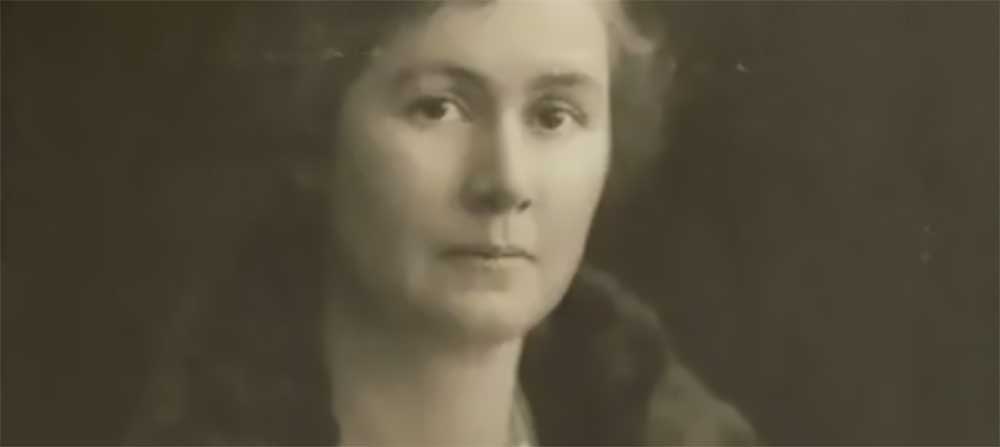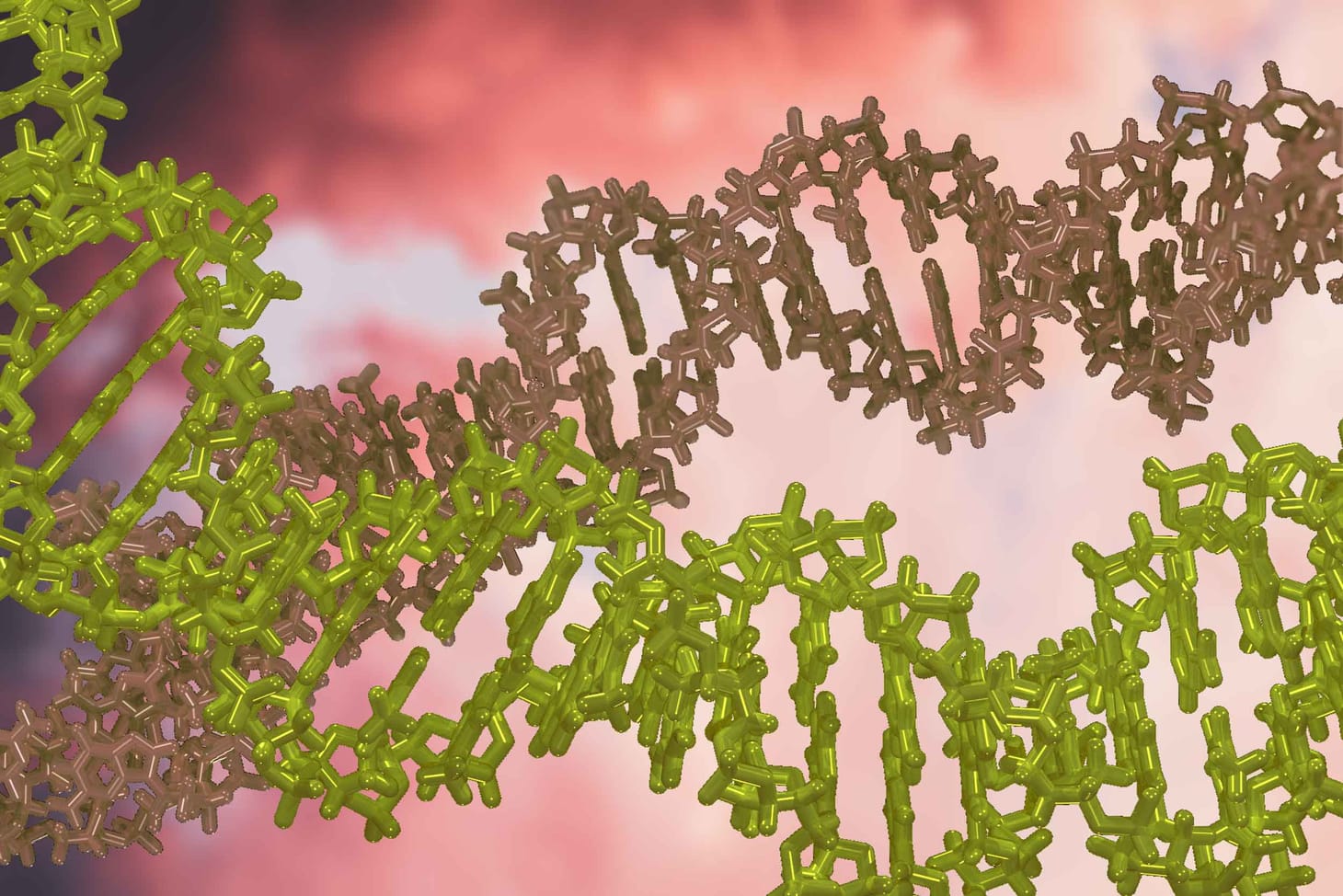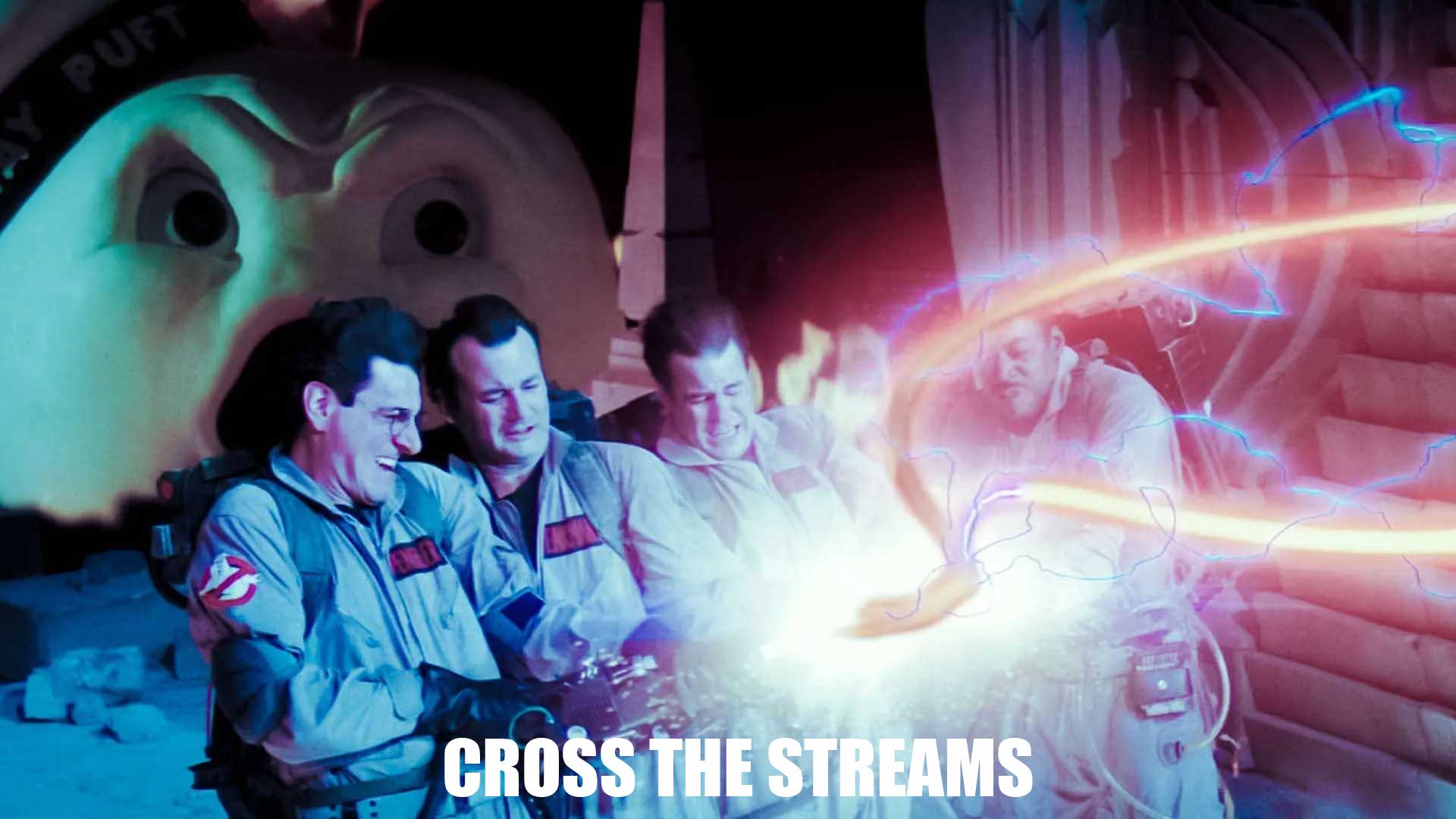Gertrude Caton Thompson within the history of archaeology in Africa
As I read through the 20th-century archaeologist's memoirs, I find the flavor of the field in the 1920s and 1930s.

A reader referred me to Caton Thompson’s memoirs (Mixed Memoirs, 1983, and sadly out of print.) A very interesting read!
The parts in the Fayum had me thinking of The English Patient. The character of the other archaeologists who precipitated the problems, the presence of flamboyant titled Germans and the aloneness of the site – made for some very similar images. For example, planes in the desert:
I tried to get the help of R.A.F. Cairo in the survey before all trace of the vegetation had vanished, but to no purpose. This drew an angry letter from O.G.S. Crawford in The Times of April 24, 1928; he said, "In The Times of today Miss Caton Thompson describes how a lost Ptolemaic irrigation system in the Fayum was revealed by the growth of weeds after rain. This was a magnificient opportunity for the use of air photography. Was it seized or lost? The Fayum is within easy range and now that the Air Ministry has authorised the photography of archaeological sites in the routine of practical work, it is up to us archaeologists to take advantage of this valuable concession..... [sic] Such an undertaking would, I believe, be the first application of air survey to geology, and it is proper that this country should again be the pioneer, as it was for the archaeological side." I replied in a letter to The Times published on May 10 that I had contacted R.A.F. headquarters at an early stage emphasising the splendid opportunity... There was, I was told privately, a rumpus at headquarters but who was to blame I never knew (105).
Oh, and if something bad happened…this from the second concession Caton Thompson finally got, which was inconvenient to water:
The episode, the most serious of many, occurred while Elinor was away from our camp with three or four Quftis and the Ford truck some 20 miles away. The second day a messenger brought news from her that the Ford had broken down. I had been away from camp all day at the gypsum quarries with the six-wheel Morris, and on the return at sunset it also broke down, mercifully not far from 'home'. So we were left with no transport and the possibility that Elinor and party would run out of water. Karanis, the nearest place with a 'phone, was about 18 miles from the camp, so I resolved to make a night march to it following supper and a rest after a hard day. It was close on midnight when I started off with Nasr-ed-Din, my most trusted Qufti. It was a most delightful walk; the night coolness had consolidated the sand and silt; a fitful moon helped direction, and the desert seemed more beautiful than ever. At one point we disturbed an assemblage of sleeping flamingoes from the lake which flapped away in panic; and at another we scared a herd of gazells which had descended form the high desert certain of safety and solitude. Their outpost buck gave the alarm and by the time we reached the spot the herd was already a medley of fleeing ghosts hardly visible in the veiled moonlight.
We reached Karanis at 5.30 a.m. Everyone was still asleep except the night watchman who provided a tent for 2 hours sleep, and by dawn I was in touch by 'phone with Ahmed Ragheb Bey in Medinet-el-Fayum who without delay provided me with Irrigation Service lorries for as long as necessary (110).
Caton Thompson’s account of her journey to Rhodesia and the work there is riveting. She included the expected 1920’s travel oddities as well as wholly surprising personal troubles—capped with her brother’s victimization in a homosexual blackmail scheme (which is much more The Mummy than The English Patient). For her survey work, the South African government came through with a plane.
Her excavations showed that the site of Great Zimbabwe is medieval in age, with architectural and material culture affinity to indigenous southeast African traditions. Although this confirmed work more than twenty years earlier by David MacIver (also sponsored by the British Association for the Advancement of Science), it went against several “cult archaeology”-type theories that proposed to link Great Zimbabwe to ancient Phoenicians, Arabs, or the Queen of Sheba’s gold. In 1929, there were a lot of archaeologists willing to stand up for nonsense, so Caton Thompson expected (and received) a lot of resistance.
There’s really too much stuff for me to keep citing and discussing, but I thought readers might like her early encounters with the “great men” of paleoanthropology. First, Louis Leakey – who arrived on site just as Caton Thompson was preparing to present her results at the meeting of the British Association for the Advancement of Science, held in Johannesburg in 1929:
In this I was heartened by Louis Leakey. One night at dinner he suddenly appeared, having come by car from Kenya with his first wife and two Cambridge geologists on their way to the Congress. They had been on the road for four weeks, dawdling at points of archaeological or geological interest, passing through country then hardly known by Europeans; another two weeks lay ahead of them. The next day was spent showing them our excavations; and though previously a believer in their pre-Christian antiquity and foreign origins, Leakey was won over by the objects found as purely African. The party was, of course, sworn to secrecy (129).
Then, after Caton Thompson gave her lecture at the meeting, Raymond Dart entered the scene:
Professor Dart then addressed the meeting. His eminence in the field of Palaeoanatomy at the Witwatersrand University was unquestioned. Australopithecine fossils: sub-human or ape, had recently been discovered in the Transvaal and, largely owing to his work, were gradually being assigned to their place in evolution. In case I misrepresent him I quote from the Cape Times of August 3rd 1929. "He spoke in an outburst of curiously unscientific indignation and charged the startled Chairman (Mr Balfour) with having called upon none but the supporters of Miss Caton Thompson's theory." The Chairman got up to repudiate the charge and pointed out that a general invitation had been given for discussion. Dart then continued: "Miss Caton Thompson's investigations had pushed back MacIver's 15th or 16th century A.D. to 600 A.D. He ventured to think that further investigation would push back the date an equal distance into the remote past. After further remarks delivered in a tone of awe-inspiring violence (in which he considered it unfortunate that Zimbabwe had been made a crucial point) he said that Dr MacIver's report had killed interest in the subject for 20 years. Professor Dart then sat down very hard on his chair" and, I may add: stormed out of the room. The Cape Times further added: "Miss Caton Thompson disposed of him allusively and effectively in a brief reply" in which I pointed out that I had never dated the buildings to 600 A.D. After my Report Breuil came up to me and said "la question est absolument finie", which was a heartening ending, though untrue (132).
- Why can’t we have newspapers reporting breathlessly on the intimate details of scientific congresses anymore?
- If somebody wrote a memoir with these kinds of details today, reviewers would probably call it petty – but I really value the frank discussion of the events.
There is much material later in the “mixed memoir” about the Leakeys’ excavations; Caton Thompson became a close friend of Louis and Mary, and is able to describe their work – including Louis’ political and scientific work in the 1950’s , in some detail. Later, she describes her correspondence with Mary Leakey:
One of the delightful events in my declining years at Broadway has been the annual visits Mary Leakey has paid me, usually in the company of Professor Michael and Dr. Mickey Day, and the latters whe wrote to keep me informed of the Laetoli work, upon which I will now draw (286).
Thus, the material about Laetoli is actually drawn directly from Mary Leakey’s letters, in her voice – including:
August 30, 1979. I have sent you a polaroid photo of the latest hominid prints. They are quite remarkable for their perfect preservation. You will see there, are two parallel trails, a smaller one to the left and the larger to the right. The two hominids were keeping step exactly and were also close together; the only way to produce such a trail is by walking arm-in-arm. It raises a romantic picture for Pliocene times.
For more on the Leakeys, I recommend Virginia Morell’s combined biography, Ancestral Passions: The Leakey Family and the Quest for Humankind’s Beginnings. It was first published in 1996, but it remains very readable and relevant.
References:
Caton Thompson G. 1983. Mixed memoirs. Paradigm Press, UK.
Huffman TN, Vogel JC. 1991. The chronology of Great Zimbabwe. South African Archaeological Bulletin 46:61-70.
John Hawks Newsletter
Join the newsletter to receive the latest updates in your inbox.



